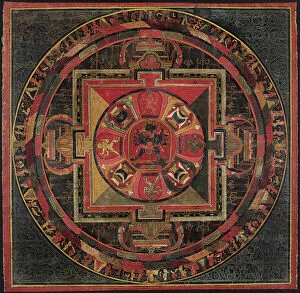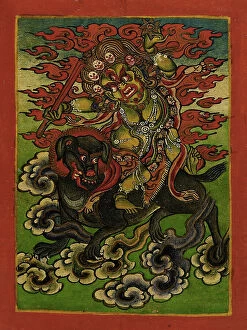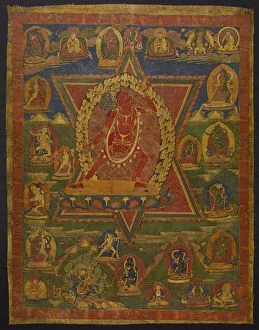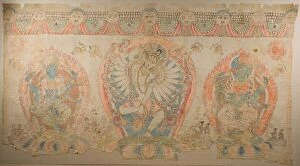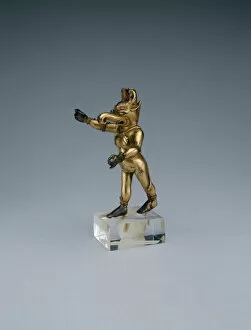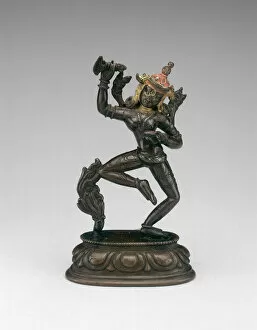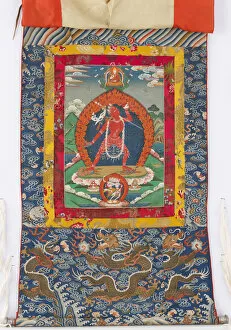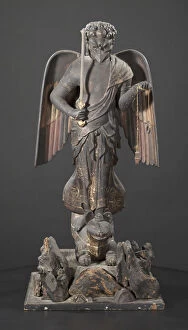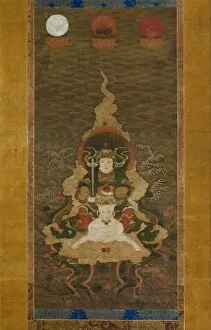Dakini Collection
"Dakini: The Enigmatic Tantric Female Enlightened Beings" Delve into the mystical world of dakini, as we explore a collection of captivating artworks spanning centuries
For sale as Licensed Images
Choose your image, Select your licence and Download the media
"Dakini: The Enigmatic Tantric Female Enlightened Beings" Delve into the mystical world of dakini, as we explore a collection of captivating artworks spanning centuries. These tantric female enlightened beings, also known as Vajrayoginis, hold a profound significance in Buddhist and Hindu traditions. In an 18th-century masterpiece, we witness a Vajrayogini holding a skull cup - symbolizing her ability to transcend life and death. Her fierce yet serene expression reflects the power she possesses to guide practitioners towards enlightenment. A mesmerizing temple banner from the 17th century showcases a dancing goddess flanked by dakinis. Their ethereal presence evokes both grace and strength, reminding us of their role as intermediaries between mortals and higher realms. Prepare to be intrigued by an unusual depiction of Makaravaktra Dakini - a crocodile-headed female deity from the 18th century. This unique representation challenges our perceptions while highlighting the diverse forms that they are assume. The goddess Vajravarahi takes center stage in a vibrant 15th-century artwork where she dances with her iconic chopper (karttrika) and skullcup (kapala). Her dynamic movements embody liberation from worldly attachments, inviting devotees to embrace spiritual transformation. Meet Dechen Gyalmo, the Queen of Bliss - another manifestation of Vajrayogini depicted in an exquisite 18th-century painting. Radiating divine beauty and compassion, she embodies ultimate bliss attained through dedicated practice on the tantric path. Marvel at intricate textile borders adorned with pigments on silk dating back to the 19th and 18th centuries. These delicate creations frame depictions of dakinis painted during this era, showcasing their enduring allure across different art forms. Discover Akiba Gongen's manifestation - carved meticulously out of wood with polychrome & gold accents. As Mount Akiba personified, this dakini symbolizes the sacred connection between nature and spiritual realms.

